Technical analysis is an unavoidable part of short-term trading. It involves analyzing an asset’s price movements to assess the next trading move.
Today, countless indicators are available to support nearly every type of trading decision. Whether you’re trying to determine if an asset is oversold, catching a trend in motion, or spotting a potential drop, there will be a suitable indicator.
This guide discusses the most common technical indicators used by successful traders. We also explore how to incorporate these tools to optimize your trading strategies.
Technical indicators are used to make sense of the price action in financial markets. They’re designed using mathematical formulas based on past and real-time data. While some indicators consider the price action, others rely on trading volume. They help traders recognize price patterns and the optimal times to buy and sell. There are hundreds of technical indicators available, each aimed at different purposes. However, it’s imperative to remember that indicators don’t guarantee what will happen next. They only help traders gain a perspective on market behavior. Technical indicators are used with other analysis forms to strengthen insights. These are the main benefits of using technical indicators: Technical indicators are applied to an asset’s chart. They can be found within trading platforms, like TradingView and MetaTrader, or directly on a brokerage. Indicators overlay or appear alongside price data on the chart, helping you visualize trends and patterns. Most trading platforms come preloaded with indicators and preset parameters. You usually pick one from a drop-down list and adjust the settings as necessary. Then, it’ll instantly appear on your chart. You can watch for signals in real-time or use other indicators to analyze additional data and make better trading decisions. Not sure which technical indicators to use as a beginner? This section explores the 10 most utilized indicators for technical analysis. The SMA is a simple indicator that calculates an asset’s average closing price over a particular period. For instance, a 10-day moving average calculates the mean of the asset’s price over 10 days. You can customize the duration depending on your strategy. The SMA is depicted on a chart as a smooth-flowing line that overlays the price action. This way, it erases the noise of volatility and brings forth the trend’s core direction. If the SMA rises, it suggests an uptrend, and vice versa when it declines. Additionally, the SMA can also act as dynamic support or resistance levels. Another way to look at the moving average is via crossovers. These occur when two different SMAs are used for distinct periods of interest. Another variation of this indicator is the exponential moving average (EMA). It pays more attention to recent price data and is more sensitive to live market movements. As such, short-term traders favor it. All in all, understanding how the SMA works can be an invaluable skill for technical traders. It’s simple to understand and is thus suited for beginners. RSI is another technical indicator that beginners can easily comprehend. It analyzes the speed of an asset’s price action. It essentially serves as a mood meter of the price – to see if the asset is too bullish (overbought) or bearish (oversold). For instance, if a crypto is gaining popularity and traders flock to it, its RSI usually shoots up. However, over time, the buying frenzy may slow down – and its price will start to cool down. That’s when the RSI dips. Here is a useful tip to analyze the RSI. Another way to use RSI is for its divergence. This happens when the asset’s price and RSI move in opposite directions. This signals a potential trend reversal. Divergences come in two forms: This way, RSI divergence is a valuable tool for spotting trend shifts. Named after its creator, John Bollinger, this indicator tells you about an asset’s price volatility. It functions as a ‘band’ around the current asset price – showing how high or low its price could go. Bollinger Bands have three parts: When the price moves near the upper band, traders can consider it a sign that a pullback is coming. Similarly, when the price drops close to the lower band, it suggests that a rise could happen soon. There are two ways to use Bollinger Bands. The first is the squeeze. This happens when the bands move close together. It indicates low volatility and often signals that a big price move might be coming. Another approach is mean reversion, or returning to average. If the price moves far outside the bands, traders expect it to come back toward the middle line. For example, if a stock shoots above the upper band, some traders might sell (or short) it, expecting the price to fall back toward the average. It may seem tricky at first to remember all the different interpretations. But it becomes much clearer once you start observing how the bands move on the charts. Overall, Bollinger Bands help traders see if prices are unusually high or low – making it easier to decide when to buy or sell. The MACD is best used for spotting trend changes. It captures both short-term price movements and long-term trends, giving traders an edge in volatile markets such as crypto and forex. It’s plotted on charts with three parts: During uptrends, the histogram is positive and green in color. During downtrends, red bars are shown. MACD is usually effective during strong trend changes. However, if the MACD and signal lines come together, it often indicates market indecision. One common use of the MACD is through crossovers. For instance: MACD can also provide signals through divergence – like the RSI. In fact, MACD and RSI are often used together to confirm market conditions such as overbuying or overselling. Fibonacci is a sequence of numbers and ratios. Traders use these ratios to predict price points at which an asset might experience a market reverse. In other words, it helps determine support and resistance levels. This tool marks certain percentage levels – such as 23.6%, 38.2%, 50%, and 61.8%. These levels can be drawn on a price chart by picking two price points – usually, a high and a low one. These Fibonacci levels act as potential areas where the price might find support (where it could bounce back up) or resistance (where it may struggle to move higher). As you can see from the image above, Ethereum has found support and resistance at each of the Fibonacci levels. Depending on the price, traders can use these levels as potential exit and entry points. The Stochastic Oscillator compares an asset’s closing price to that over a chosen period – usually 14 days. This tells you if the market is moving too fast in one particular direction and whether it will face a reversal anytime soon. You’ll see the Stochastic Oscillator on a scale from 0 to 100, with two lines – %K and %D. When the Stochastic Oscillator is above 80, the asset is likely overbought, which could be a good time to sell. When it’s below 20, the asset is oversold, which might be a good time to buy. Traders can also watch for these lines to cross each other, as crossovers can signal buying or selling opportunities. If the price keeps making new highs or lows, but the Stochastic Oscillator doesn’t follow, it can mean the trend is weakening, which could lead to a reversal. As such, the RSI is better suited for confirming the strength of a trend and identifying whether an asset is overbought or oversold. The ADX gauges the strength of a price trend, no matter its direction. Put otherwise, if there’s a trend going on and you want to assess how long it will last, ADX is the indicator to use. The ADX score ranges from 0 to 100. If the ADX value is above 50 – it usually indicates that the trend is strong. On the other hand, a score below 20 means a long position should be avoided, as it indicates a possible trend reversal. Here’s an overview of how ADX values are usually interpreted. ADX is particularly popular among trend traders. It helps them identify the start of a new direction and when it may be losing momentum. The OBV indicator provides insight into an asset’s price strength based on its volume. This indicator uses the idea that volume precedes price movement. So, if you can track volume changes, you can forecast future price action. Here’s how the OBV works: The OBV is shown as a line that moves up and down based on daily volume and price changes. If the OBV is increasing, it means buying pressure is picking up. But if it’s declining, selling pressure is growing. In simple terms, the OBV tells you whether strong market sentiment supports the price action. The Parabolic SAR can be used by both new and experienced traders. It’s a clear indicator plotted on the chart and easily readable. Parabolic SAR uses dots, and when they’re above the candles, they indicate a sell signal. On the other hand, if the dot moves below the candlesticks, then it suggests a buy signal. This indicator works best in trending markets. If the market is moving sideways, the signals generated might not be reliable. The ADO indicator is like a scale for the financial market. It shows whether the money flows in (accumulation) or out (distribution). In other words, ADO measures an asset’s buying and selling pressure. ADO compares the closing price to the high-low range for a given period. It also factors in the volume for the specific time. It’s displayed as a line chart, and traders look for changes in its direction to spot possible trend reversals. If the price rises but the ADO falls, it might signal that the upward trend is losing speed and could reverse. On the other hand, if the price falls while the ADO rises, it could indicate a buying opportunity as the selling pressure weakens. Understanding the various categories of technical indicators will help you pick the right ones for your trading style and strategy. When using technical indicators, you should also know which ones are lagging and leading. Below, we explain what this means and how to pick the right one accordingly. Lagging indicators confirm or show trends that have already been established. These are useful for confirming trends. Meaning – whether a clear trend is still in place. Examples of lagging indicators include SMA, MACD, and ADX. Leading indicators, on the other hand, are designed to predict future price movements. They help forecast potential trend changes before they happen, giving traders a potential heads-up. RSI and Stochastic Oscillator fall under this category. While they can be highly useful, leading indicators are not always accurate and can sometimes give false signals. This is why they’re often used together with lagging indicators. Traders typically use leading indicators for early entry points and lagging indicators to confirm those findings. Choosing the right trading tools can be daunting. With so many options, where do you start? The important point is not to overwhelm yourself. It’s wise to pick technical indicators that support your experience level and preferred strategy. Read on for more information about selecting suitable indicators. Let’s start with the basics. Here are the two key questions to consider. If you’re planning to trade daily, you need a short-term trading style. You can use strategies like swing or intraday trading. After gaining some experience, scalping strategies are also worth exploring. Momentum indicators like the RSI and MACD will be the most suitable indicators. They give fast, actionable signals – which can help in short-term decision-making. On the other hand, if you want to invest – you prefer to ride out short-term volatility. In this case, you’ll want a broader, more reliable view of market trends. Bollinger Bands and Fibonacci Retracement levels are great for identifying potential entry points during pullbacks in a broader trend. Once you understand your trading style, it’s important not to rely on just one indicator. No single tool is flawless, and employing an assortment of indicators can help you make more well-rounded decisions. Mix two different indicators, not ones offering the same kind of insight. For instance, while SMA can help identify the overall trend, RSI can tell you if an asset is overbought or oversold, which gives you additional context. Combining both indicators provides more informed insights. One of the best ways to pick the right indicators is by testing them in real-market scenarios. Demo accounts are accessible via most online brokers, where you can use paper money to trade. Take the time to try out different indicators and see how well they work with your strategy. Some of the questions to ask are: Also, pay attention to how often the indicators give false signals. Some indicators, like RSI, can sometimes suggest overbought or oversold conditions even when the trend continues. MACD can also generate ‘false positives’ during periods of market indecision. Different market conditions mandate distinct approaches. For example: Put simply, the technical indicators you use should adapt to the type of market. While technical indicators offer insights into price action, adding other analysis techniques creates a fuller picture. Here’s how to effectively combine these methods with examples to illustrate the strategy. Fundamental analysis explores an asset’s potential value based on financials, industry trends, and the overall economy. It’s unique for each asset, depending on its underlying characteristics. For example, earnings and revenue for stocks, or interest rates and economic data for currencies. By examining these fundamentals, traders can assess whether an asset is overvalued or undervalued. When combined with technical indicators, fundamental analysis provides a more thorough idea of an asset’s potential. After all, technical indicators focus on price patterns, trends, and momentum, offering insights into market behavior. For example: Both analysis methods allow traders to align short-term signals with the broader market outlook, increasing the likelihood of well-rounded, strategic trades. Sentiment analysis tools are used to gauge the general mood of the market. It involves using sources like online forums, news, social media, or trader sentiment surveys. This can complement technical analysis by offering a sense of market psychology. For example, suppose a popular crypto trades in a strong upward trend. Its RSI indicates that the crypto is close to overbought levels. However, before acting, you could assess the market opinion on outlets like Twitter or Reddit. If sentiment is overwhelmingly positive, then FOMO (fear of missing out) might override technical insights. Meaning – while the RSI suggests a potential dip, bullish sentiment means the upward trend is likely to continue. While technical indicators are a must-have, traders should also be aware of their common pitfalls. Knowing these risks will ensure costly mistakes are avoided: Unquestionably, indicators involve a learning curve. But once you know the basics, you can seamlessly adapt them to your trading plan. Traders have hundreds of technical indicators at their disposal. Even for professional traders, deciding which indicators to use can be confusing. Fortunately, with automated trading bots, the complexity is handled for you. One of Algobot’s greatest strengths is its customization in risk exposure. It’s adaptable for aggressive, conservative, or balanced trading approaches and is thus fitting for a wide range of trader profiles. Plus, Algobot, best algo trading bot, supports diverse asset classes, including stocks, commodities, indices, crypto, and forex, giving you flexibility across markets. Additionally, Algobot integrates seamlessly with all major brokerage platforms, allowing a quick setup in just a few minutes. From there, it can handle the entire trading process on your behalf – eliminating the need to analyze and filter through multiple indicators. In essence, Algobot provides a hands-off trading experience that saves time and reduces the stress of intricate decision-making.
There are hundreds of technical indicators – each bringing a unique insight to the table. The key is finding indicators that suit your strategy and style. Start with a few that you thoroughly understand and experiment with them. You can add additional tools to your trading arsenal as you get more confident. Remember, indicators are just that – tools. They help make better-informed decisions, but the market can always surprise you. So, use them wisely, and don’t forget to consider other factors like market conditions, sentiment analysis, and your trading instincts! Yes, technical indicators help analyze price trends and find entry/exit points. However, they aren’t foolproof and work best when used alongside other forms of analysis. Yes, some traders use fundamental analysis and price action to make decisions. However, technical indicators can add clarity and data-driven insights that may help guide choices. Selecting the right technical indicators depends on your strategy. Testing different indicators in demo mode can help you see which ones fit your approach best. There isn’t a single best indicator for trading any asset. The effectiveness and success of technical indicators vary by trader and market conditions. No technical indicator is 100% accurate. As such, seasoned traders find it best to use a combination of indicators to confirm a signal.Technical Indicators – Key Takeaways
What are Technical Indicators?

Why Should You Use Technical Indicators?
How to Use Technical Indicators
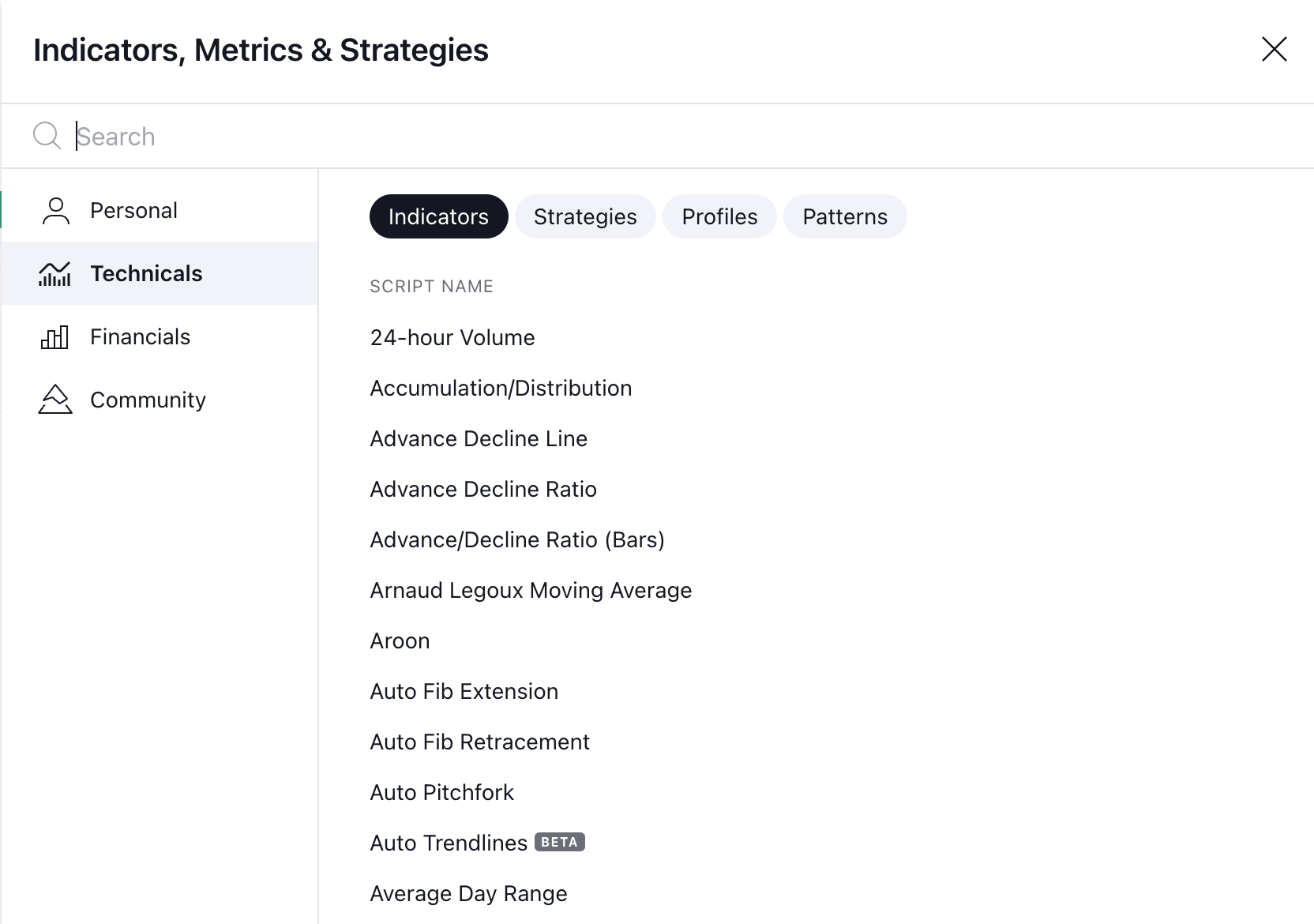
Top 10 Technical Indicators For Trading
1. Simple Moving Average (SMA) – To Identify Trend Directions
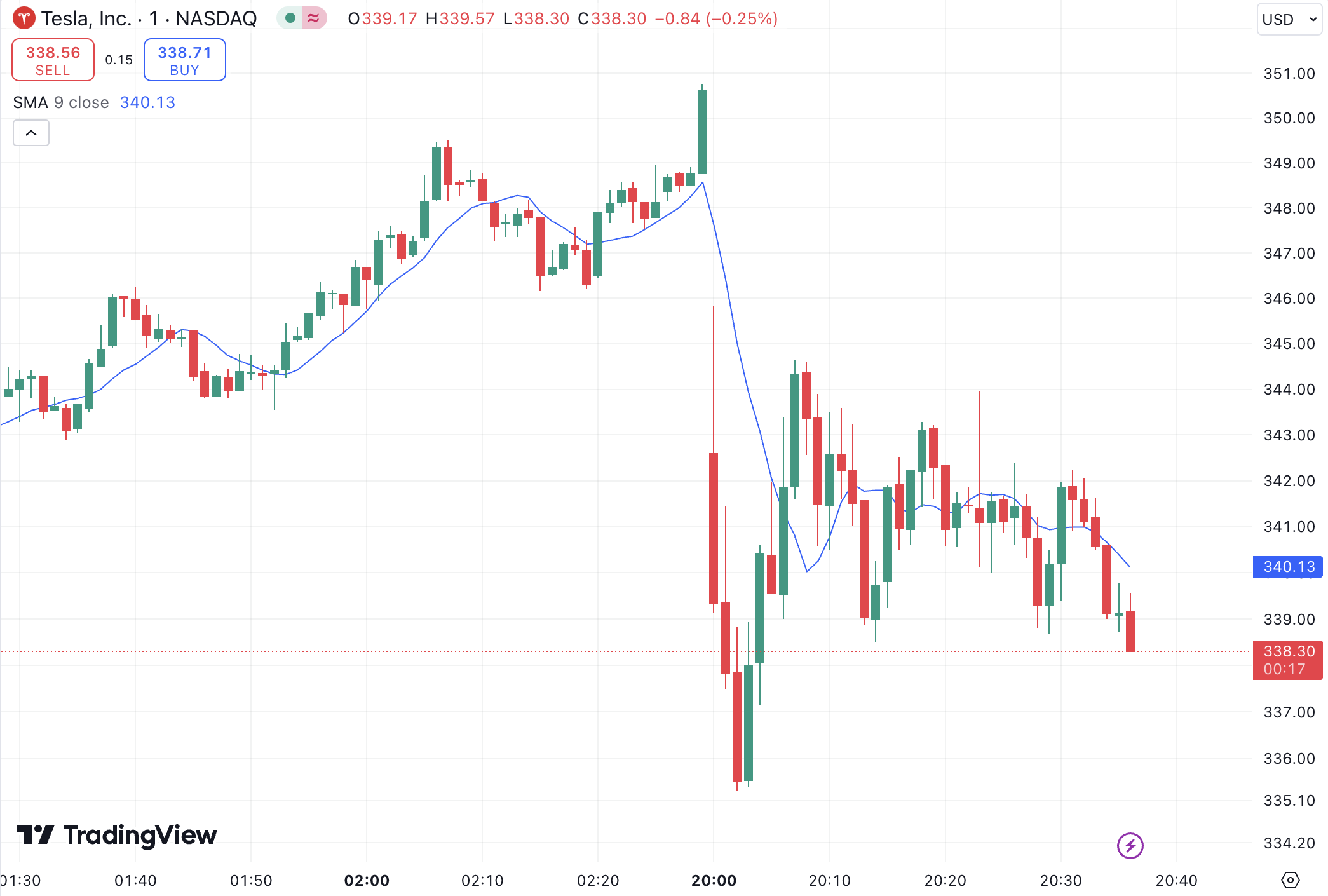
2. Relative Strength Index (RSI) – To Find Overbought and Oversold Conditions
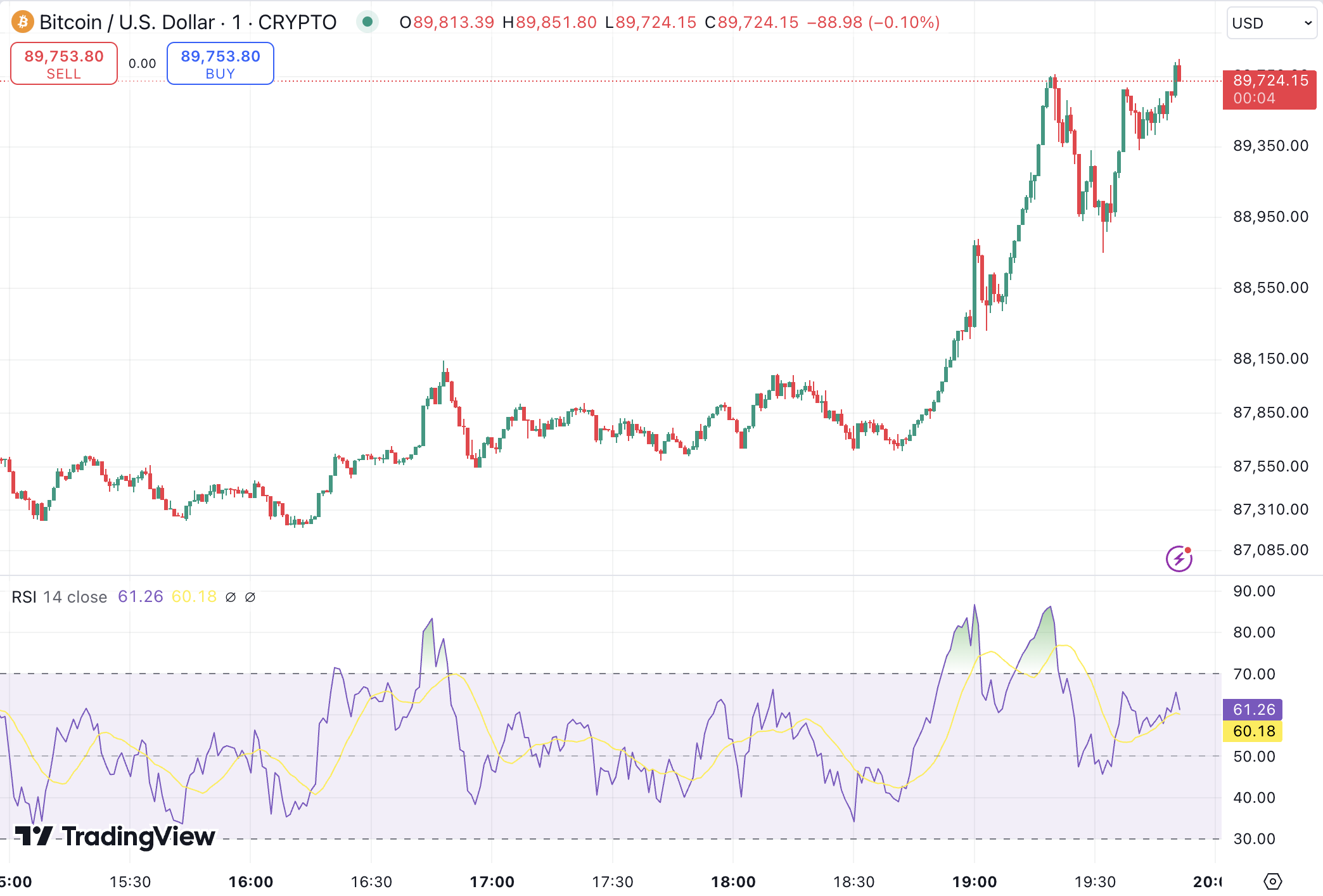
3. Bollinger Bands – To Evaluate Price Volatility
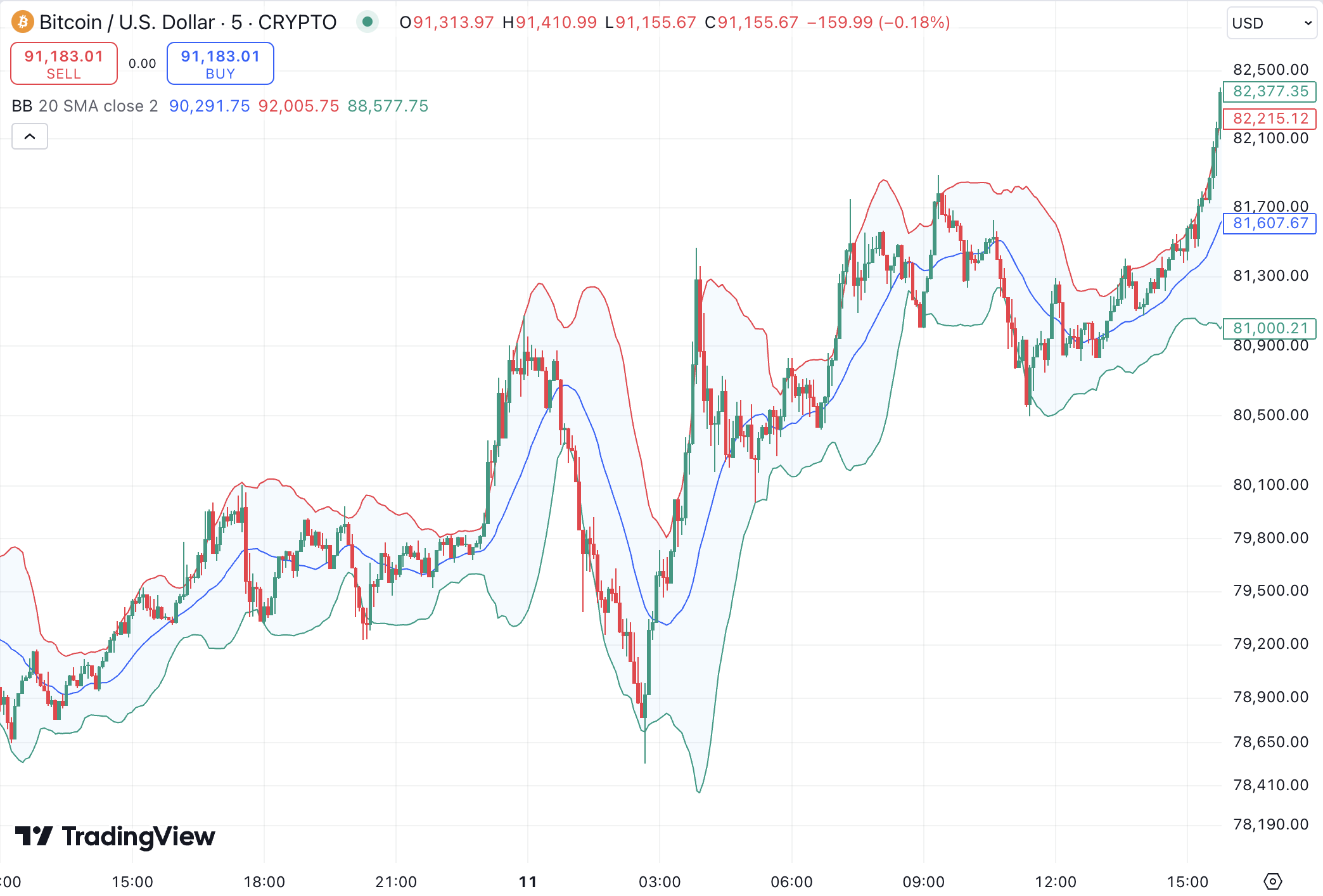
4. Moving Average Convergence Divergence (MACD) – To Find Trend Changes
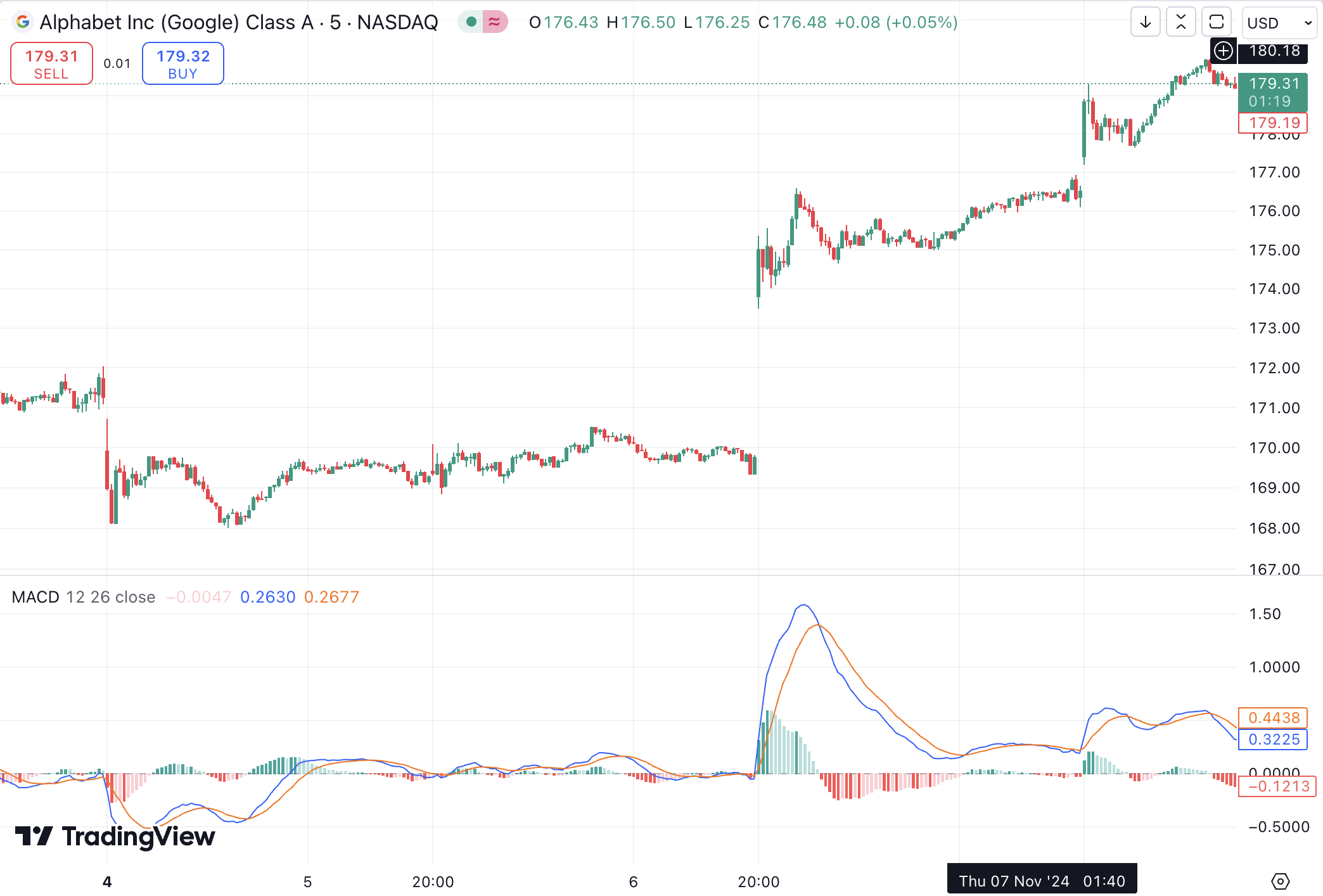
5. Fibonacci Retracement – To Locate Support and Resistance Levels
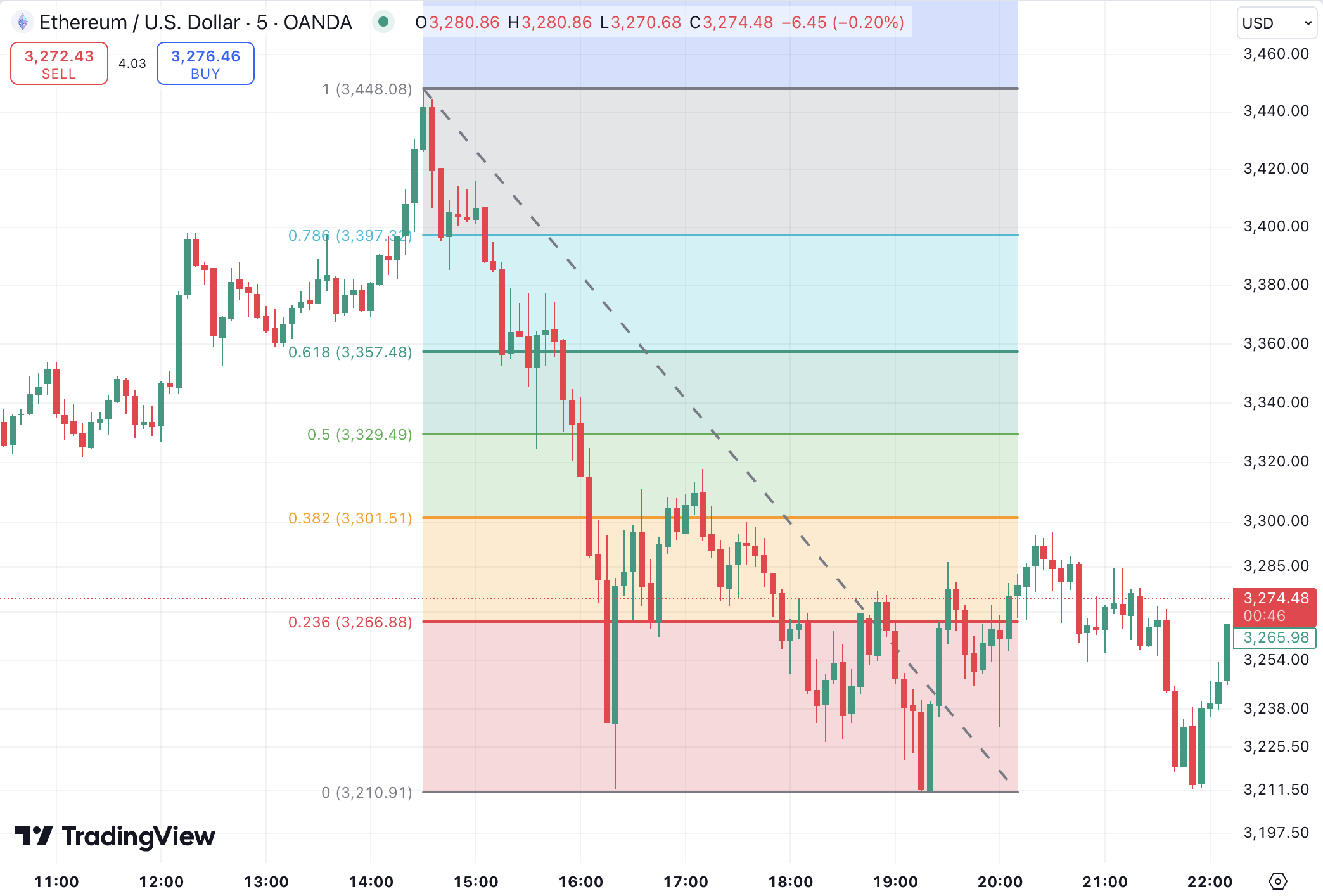
6. Stochastic Oscillator – To Calculate the Momentum of an Asset’s Price

7. Average Directional Index (ADX) – To Find the Strength of a Price Trend
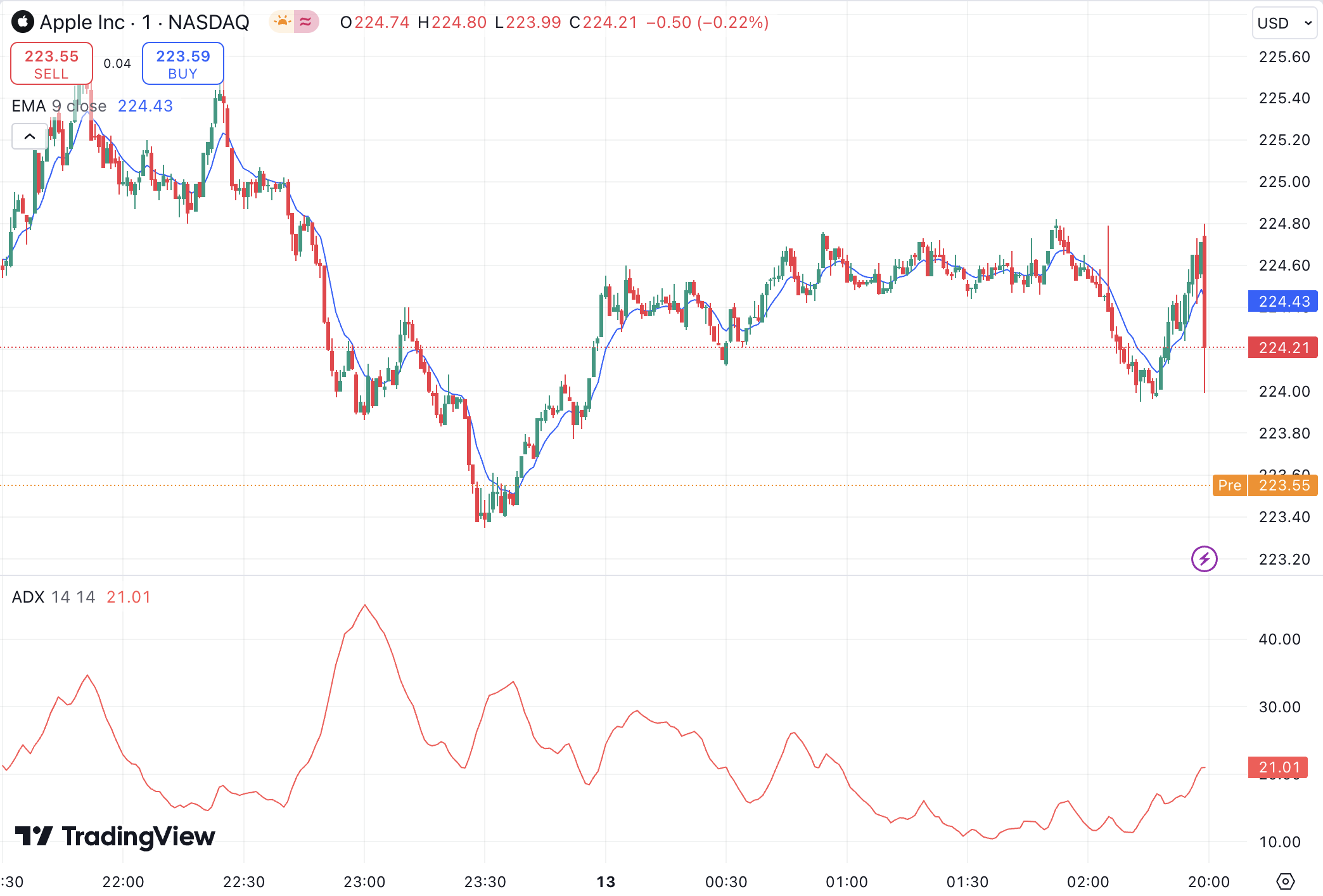
8. On-Balance Volume (OBV) – To Measure the Volume Flow

9. Parabolic SAR – To Identify Potential Trend Reversals

10. Accumulation Distribution Oscillator (ADO) – To Calculate an Asset’s Buying and Selling Pressure

Different Types of Technical Indicators
Lagging and Leading Indicators
Lagging Indicators
Leading Indicators

How to Pick the Right Technical Indicator
Figure Out Your Trading Style
Choose Indicators That Complement Each Other
Test Your Indicators
Understand the Market Conditions
How to Combine Technical Indicators With Other Tools?
Using Fundamental Analysis Alongside Technical Indicators

Technical Indicators With Sentiment Analysis
Mistakes to Avoid When Using Technical Indicators
Automated Trading and Technical Indicators
Conclusion
FAQs
Do technical indicators actually work?
Can you trade without technical indicators?
How do you choose the best technical indicators?
What is the best indicator in trading?
Which technical indicator is most accurate?







